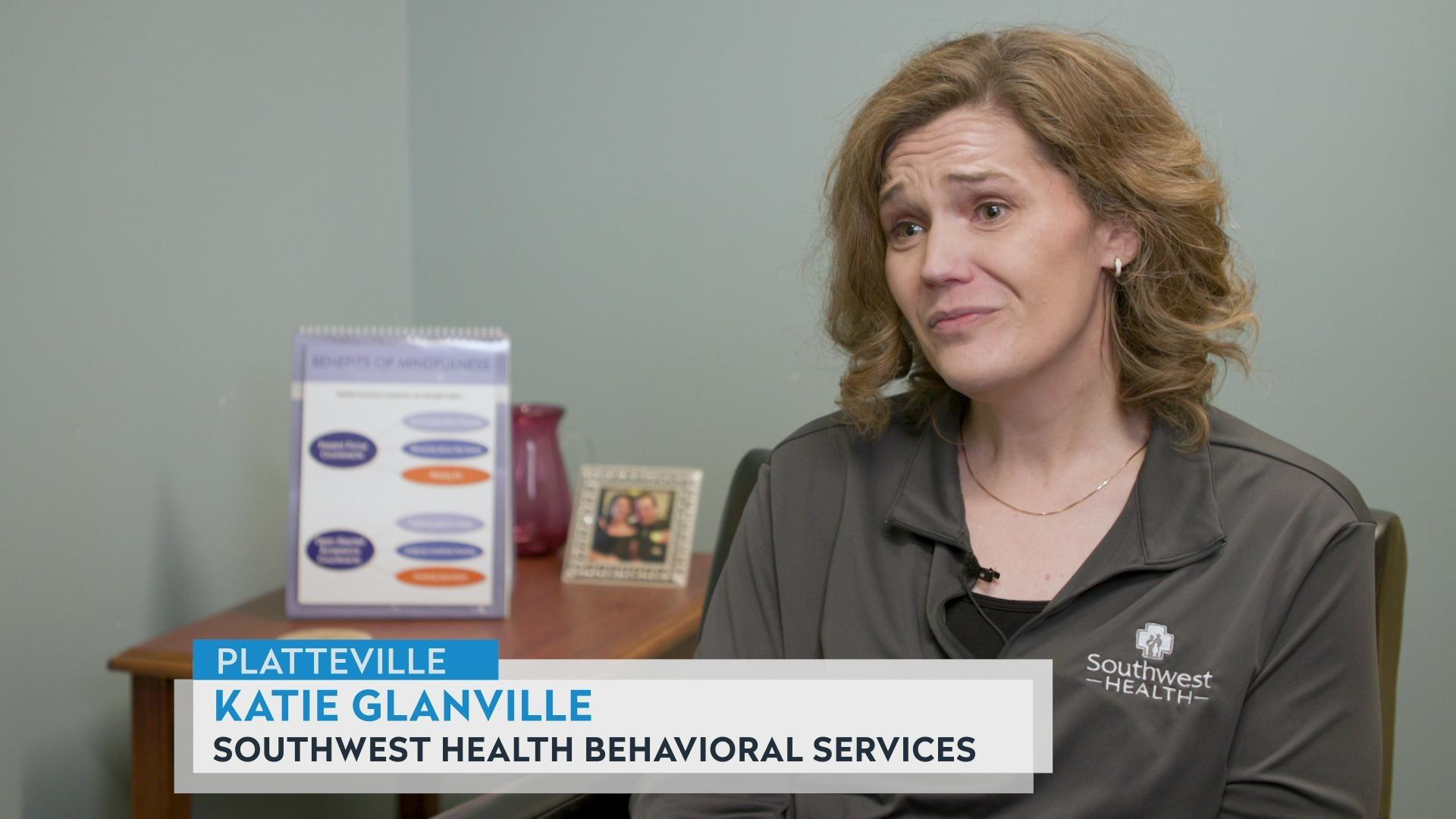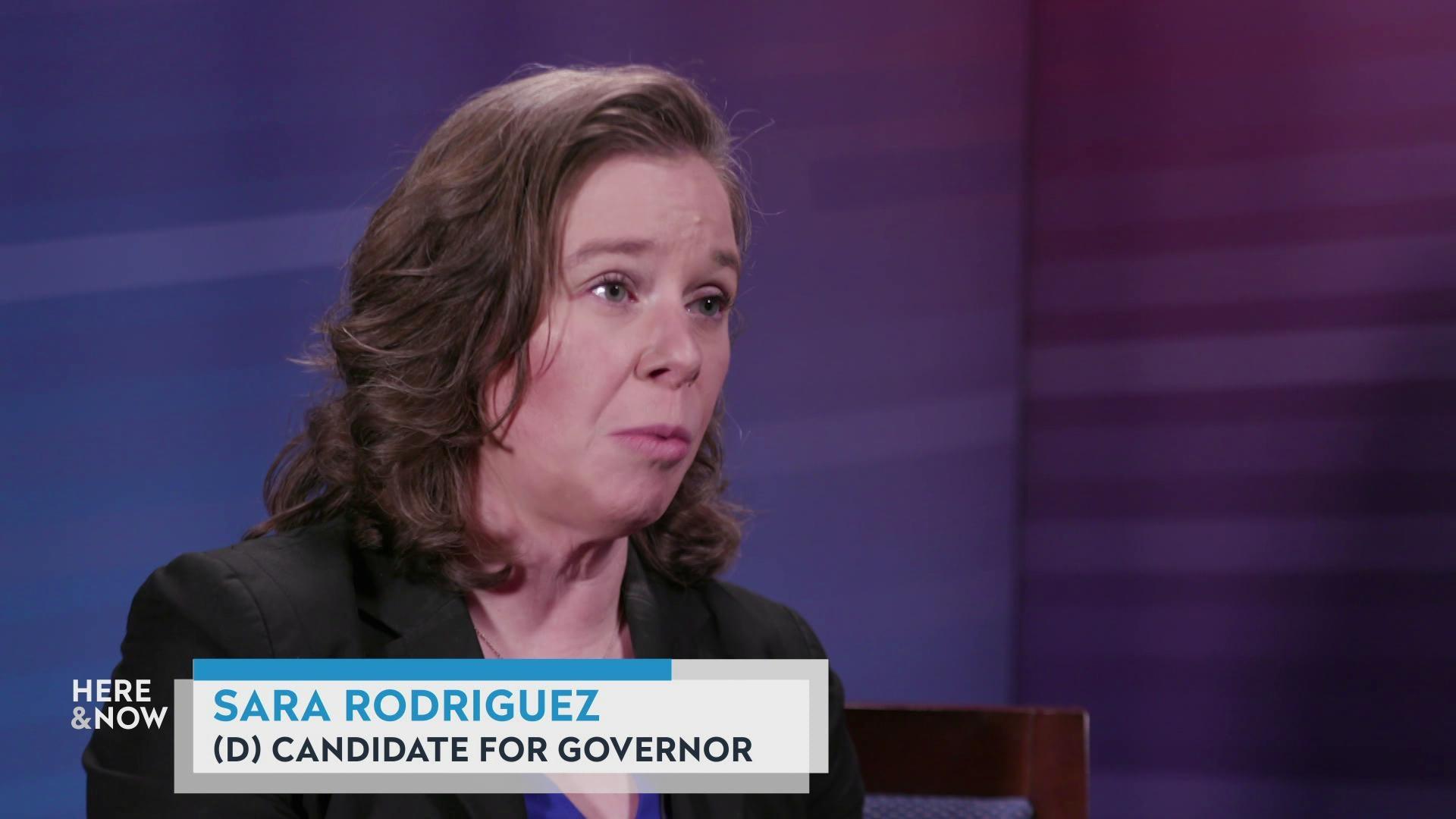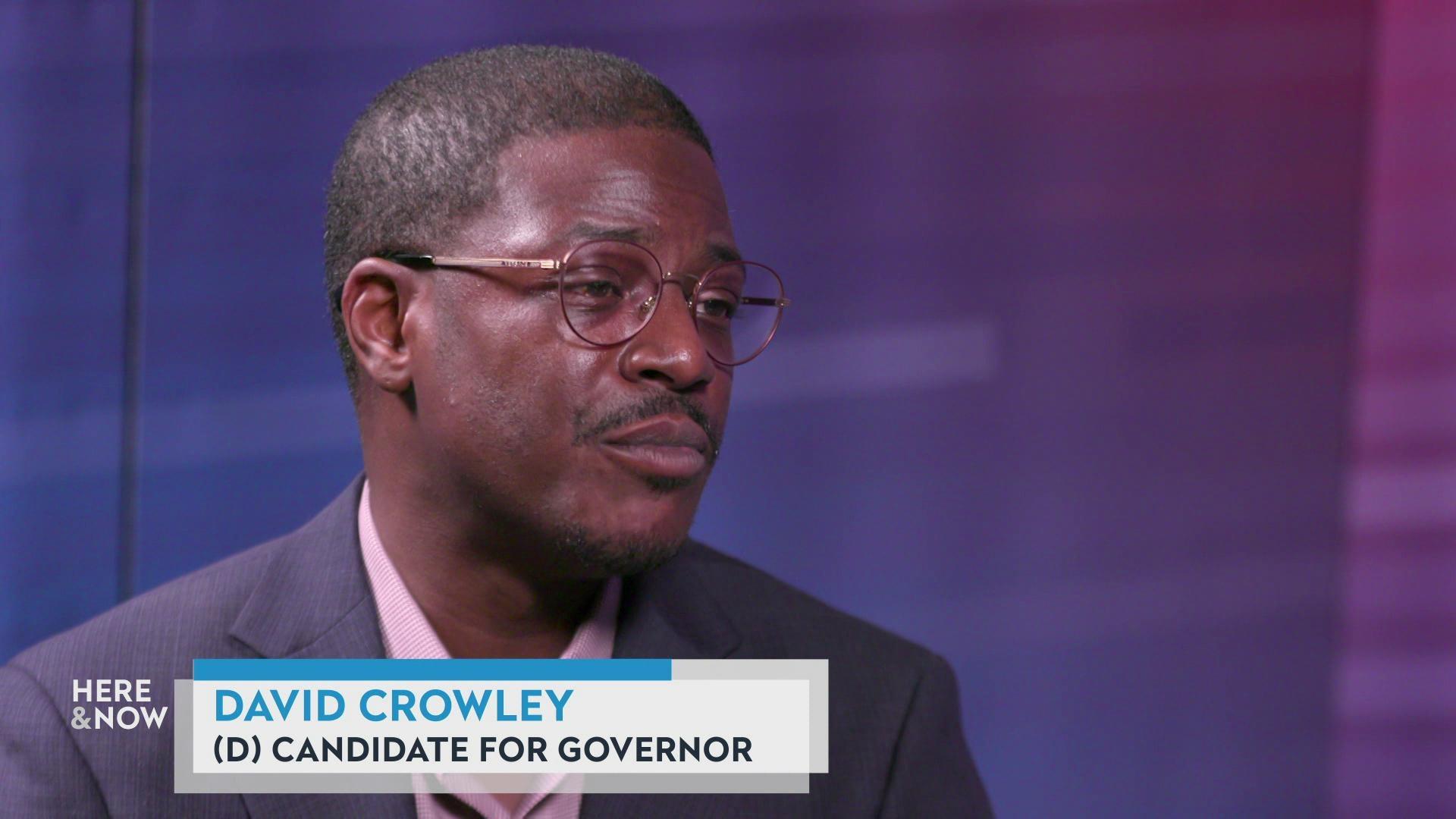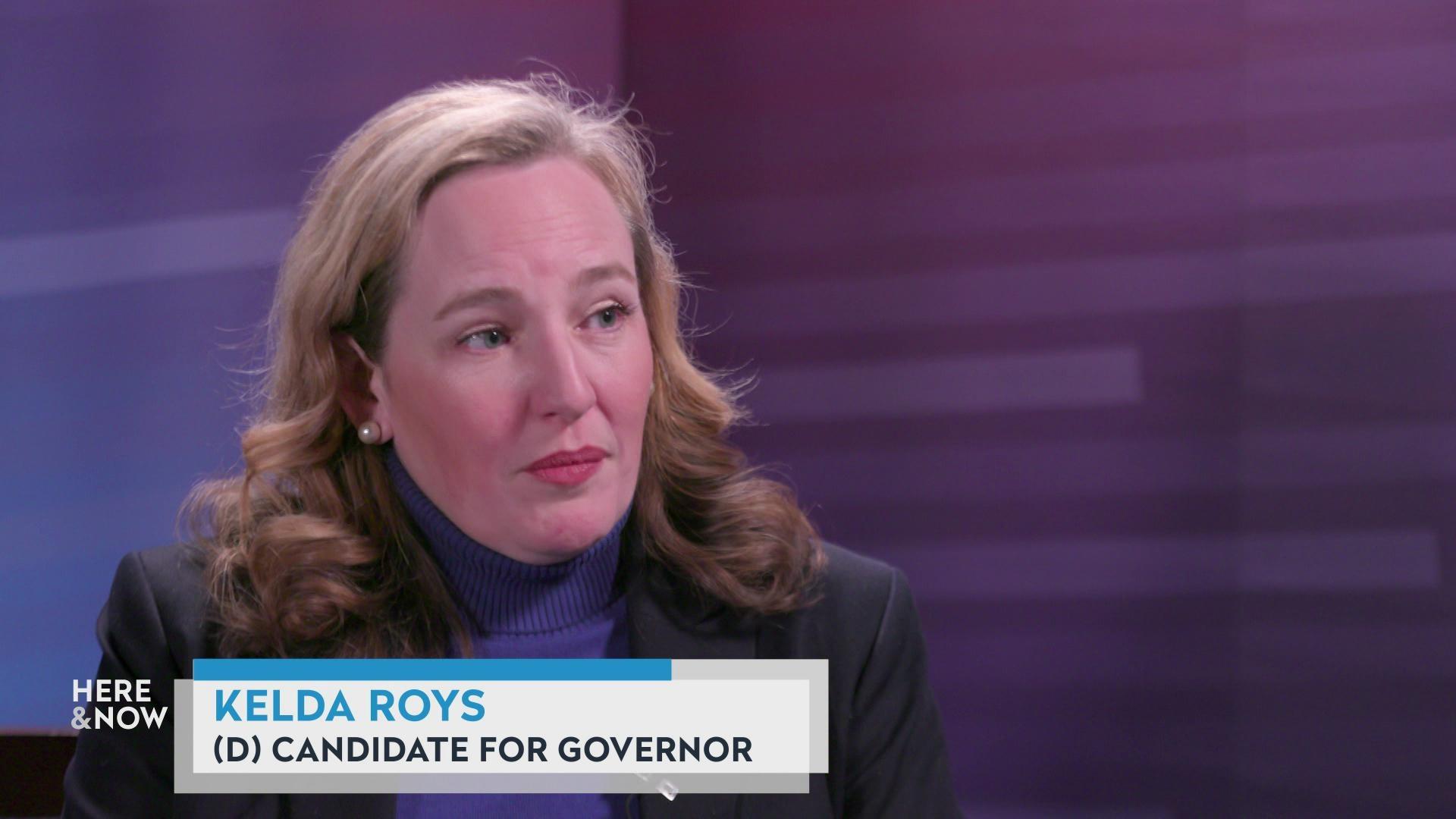Frederica Freyberg:
Turning to the environment, at least 45% of tap water contains the cancer-causing forever chemicals known as PFAS. That’s according to a recent nationwide study from the U.S. Geological Survey, varying greatly depending on where you live. As research into PFAS expands, so does the reach of where it is found in everyday lives. For more on how to mitigate exposure to these chemicals in your own home, we turn to Joe Grande, water quality manager for the Madison Water Utility. Thanks for being here.
Joe Grande:
Glad to be here.
Frederica Freyberg:
So Wisconsin clearly has PFAS in all corners and in some place, there are definite PFAS hot spots, but how does someone know if they have exposure to PFAS in their drinking water and whether it’s enough to worry about?
Joe Grande:
Sure. So really depends on what the source is of their drinking water. Whether they are served by a public utility or whether they have a private well and it’s their own individual responsibility. So if they’re on a public water system or a public utility, they should reach out to their utility. Maybe they receive information from their consumer confidence report or their annual water quality report and it reports on that. So the largest utilities in the state would have done their initial testing late in 2022, so that should be reported on their current consumer confidence report. Some of the smaller utilities across the state are currently doing that testing. So they might not have those results already reported, but that’s one way that they can find out. Checking the websites for their individual utility or just calling the utility and asking, “Have you tested for PFAS? If you have, have you found anything and what have you found?”
Frederica Freyberg:
And so if people do see in those reports or through private well testing that they have high levels of PFAS, what should they do about it? How do you mitigate that in your drinking water?
Joe Grande:
There are treatment alternatives. I’m not here to advocate one way or the other, but there are treatment alternatives that can reduce PFAS concentrations in drinking water. Those include activated carbon, sometimes called like a charcoal filter. It might be in a pitcher filter. It might be something that’s attached to your kitchen sink. There’s also anion exchange, which is less commonly used. That’s more for large users like utilities that are treating it before it’s sent out to consumers. And then there’s reverse osmosis, and that’s another way that you can remove. So those are the three general technologies that are available.
Frederica Freyberg:
And so apart from kind of the pitchers that you use by filling it with tap water in your kitchen, can people install those other kinds of filters that filter the water at its source?
Joe Grande:
Yeah, I mean they could be attached under the kitchen sink, for example. You might have a separate faucet that’s delivering that filtered water, and that might be, like I said, it might be a carbon-based system or it might be a reverse osmosis system, and so those systems are available.
Frederica Freyberg:
Can people do that themselves or do have to have a plumber?
Joe Grande:
Typically, depends on how handy you are. Some people might be able to do that on your own, but in most cases, it’s probably a plumber that’s going to need to come in and do that.
Frederica Freyberg:
We got an email from a viewer who talked about the disposal of used filters for PFAS and that they are then contaminated. Right? And how should those be disposed of, those filters?
Joe Grande:
There really isn’t an infrastructure set up for handling those. Quite frankly, the concentrations or the amount of PFAS that might be on those filters is really small quantities, and so there really isn’t any regulation in terms of or special disposal recommendations for that. Typically, you would just put it in the trash and then it would end up in the landfill. The problem with PFAS is that they are these — excuse me, forever chemicals, and so they don’t break down. We’re not destroying them with our treatment processes. All we’re doing is concentrating them and moving them somewhere else. And we have to find some way, technology has to advance to break these down and to break that cycle.
Frederica Freyberg:
So PFAS in groundwater and drinking water seems to get kind of the bulk of the attention, but we’re exposed to these chemicals in a lot of other ways in our daily lives. How much should we focus on water versus the other areas of exposure?
Joe Grande:
Yeah. I think we should focus on all of them. Food in particular, in some local bodies of water, there are fish advisories, so that’s one piece. There’s the drinking water, but there’s also consumer goods. We’re surrounded by PFAS. It’s in upholstery. It’s in our clothing. It’s in our carpeting. It’s in a lot of paper packaging. So in order to mitigate or reduce our exposures, we need to be looking for PFAS-free alternatives. And some of those do exist and there’s a growing list of companies that are now making PFAS-free alternatives, but if you see the words “stain resistant, stain repellant, grease resistant, water repellant,” all of these typically mean that there’s PFAS in that consumer product. Anti-stick, like your anti-stick cookware, those kind of things in the past certainly have had PFAS and there are now alternatives that are trying to remove those from the consumer supply chain.
Frederica Freyberg:
That’s good, because it’s everywhere. Joe Grande, thanks very much.
Joe Grande:
Thank you.
Search Episodes

Donate to sign up. Activate and sign in to Passport. It's that easy to help PBS Wisconsin serve your community through media that educates, inspires, and entertains.
Make your membership gift today
Only for new users: Activate Passport using your code or email address
Already a member?
Look up my account
Need some help? Go to FAQ or visit PBS Passport Help
Need help accessing PBS Wisconsin anywhere?

Online Access | Platform & Device Access | Cable or Satellite Access | Over-The-Air Access
Visit Access Guide
Need help accessing PBS Wisconsin anywhere?

Visit Our
Live TV Access Guide
Online AccessPlatform & Device Access
Cable or Satellite Access
Over-The-Air Access
Visit Access Guide
 Passport
Passport


















Follow Us